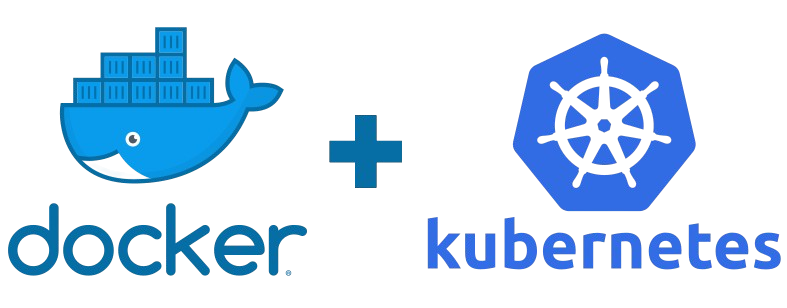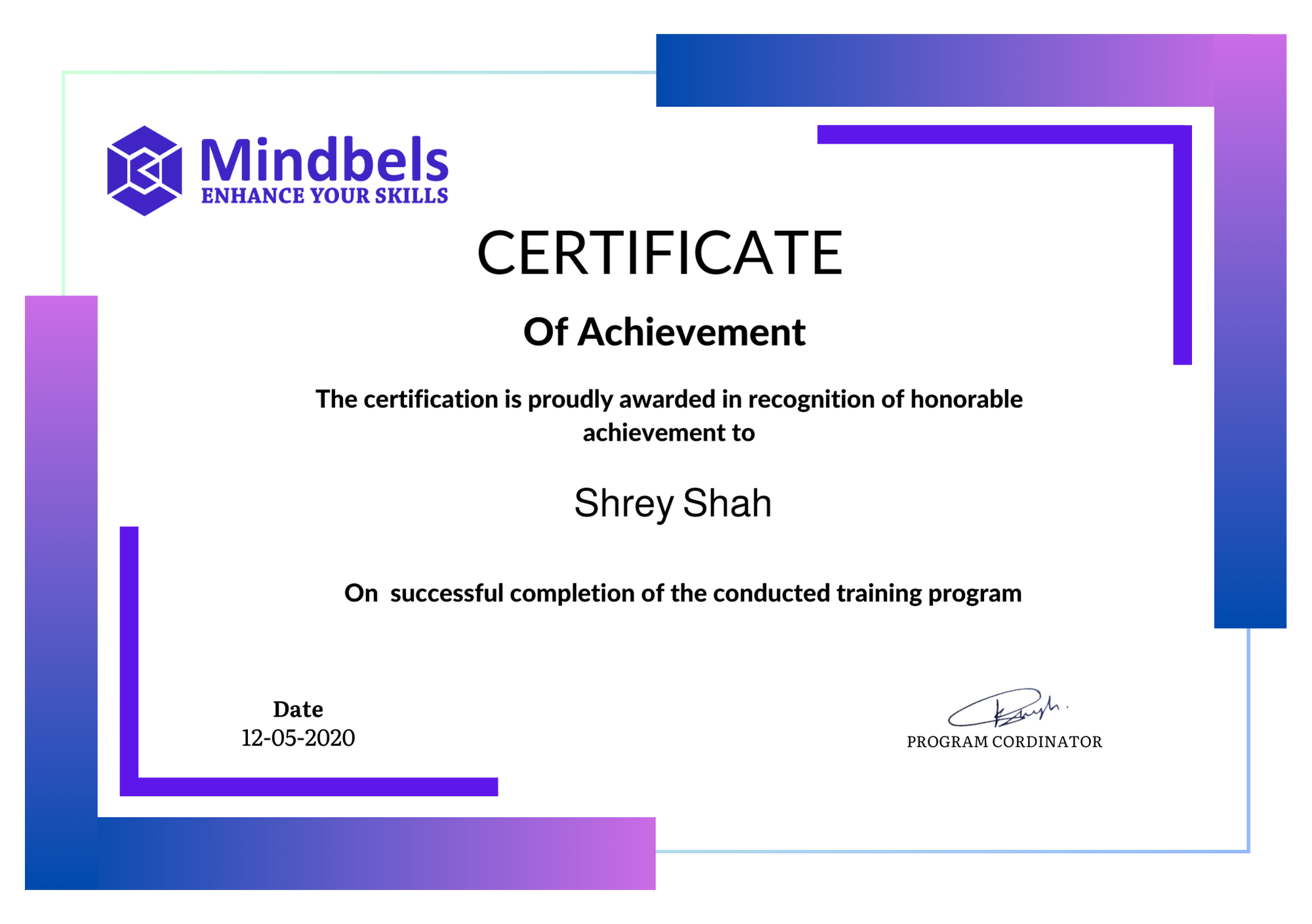Docker with Kubernetes Training Overview
Master Docker and Kubernetes in one integrated course. Learn how to containerize applications using Docker, and orchestrate them with Kubernetes across clusters. This training prepares you for roles in DevOps, Cloud Engineering, and container-based development by providing real-world labs, CI/CD integrations, and Kubernetes deployment practices.
Why Docker with Kubernetes?
-
Combines containerization and orchestration
-
Widely used in cloud-native app development
-
Core technologies in modern DevOps pipelines
-
Supported by AWS, Azure, GCP, and major platforms
-
Enables scalable, reliable, and portable application delivery
-
72% of Fortune 100 companies use Kubernetes
-
Demand for skills grew 200%+ in DevOps job market
What You Will Learn
-
Understand containers and how they differ from virtual machines
-
Learn the difference between monolithic and microservices architectures
-
Install Docker and explore its architecture and components
-
Work with Docker Registry to push, pull, and manage images
-
Get hands-on with Docker Volumes and Networking concepts
-
Use Docker Compose and Docker Swarm for container orchestration
-
Install Kubernetes and understand its architecture and features
-
Compare Docker Swarm and Kubernetes for orchestration use cases
-
Create and manage Pods, Deployments, Services, and Storage in Kubernetes
Prerequisites
-
Basic understanding of Linux and command-line
-
Familiarity with containers or virtualization concepts
-
Some knowledge of cloud and DevOps tools is helpful
-
Programming experience (Python, Bash, or YAML) is a plus
Course Curriculum
Evolution of Docker and containers
Containers vs virtual machines
Docker architecture and components
Docker use cases
Basic Docker CLI commands
Installing Docker on Windows, Linux, EC2
Docker Toolbox / Desktop setup
Docker Daemon and CLI basics
Building images with Dockerfile
Image layers and optimization
Volumes, bind mounts, and tmpfs
Data persistence in containers
Bridge, host, and overlay networks
Custom user-defined networks
Port binding and DNS resolution
Container-to-container communication
Using Docker Hub and private registries
Pushing and pulling images
Image tagging and version control
Setting up a local registry
Writing and running docker-compose.yml Creating and managing Swarm clusters
Multi-container application setup
Docker Swarm basics
Creating and managing Swarm clusters
What is Kubernetes
Kubernetes vs Docker Swarm
Kubernetes use cases and benefits
Core Kubernetes architecture
Setting up Kubernetes with Minikube
Creating clusters in GCP, AWS
Working with kubectl
Kubernetes Dashboard overview
Understanding Pods and their lifecycle
Deployments and ReplicaSets
Managing multi-container pods
Using kubectl for app deployment
ClusterIP, NodePort, and LoadBalancer
Labels, selectors, and annotations
Horizontal Pod Autoscaling
Rolling updates and rollbacks
Persistent Volumes and Claims
Storage Classes in Kubernetes
ConfigMaps and Secrets
StatefulSets and pod management
Install Docker and create containers
Build and push images to a registry
Deploy multi-container apps using Compose
Create and manage Kubernetes clusters
Deploy applications, expose services, and scale pods



